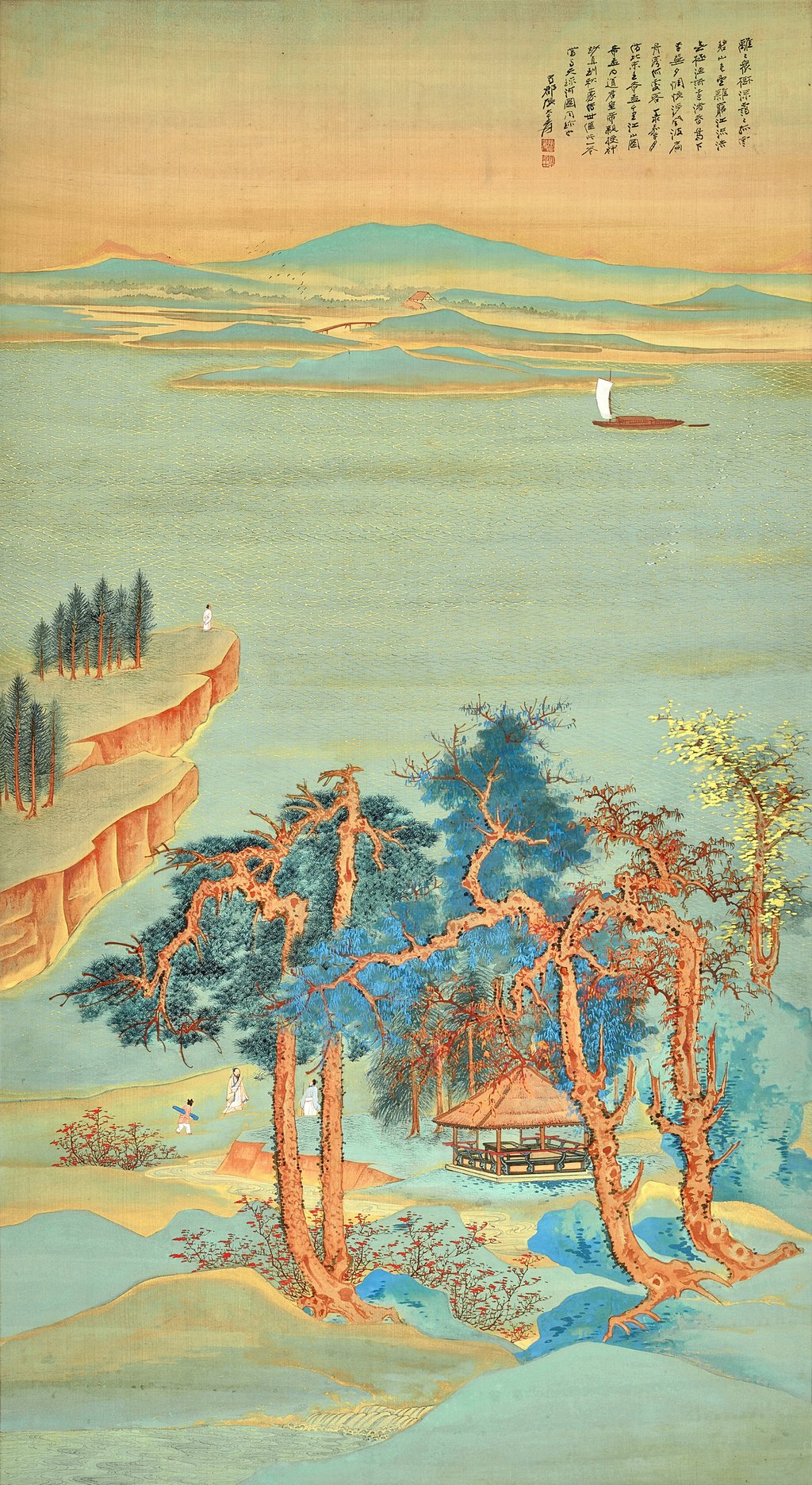After one of China’s most famous 20th-century artists left his homeland, his life was a mystery. Until now
- A new documentary lifts the veil on the life of Chang Dai-chien after he left China in 1949, revealing his journey and how he reconnected with his family

He may not be a household name internationally, but to those from the Chinese-speaking world, the “Picasso of the East” was not simply an incredibly famous artist, but the ultimate champion of Chinese traditions.
Aside from his works – which often referenced centuries-old cultural heritage – he was perpetually seen with a flowing beard, a scholar’s robe and a black hat reminiscent of the 11th century poet Su Dongpo, even back in the 1950s, when many Chinese had begun to adopt Western dressing.
When travelling, he was frequently accompanied by his pet gibbon, and when speaking, he only expressed himself in his native Sichuanese.
His name was Chang Dai-chien – or Zhang Daqian, or Chang Ta-chien, depending on your language or your newspaper’s style guide – and he was acclaimed for his wide-ranging oeuvre that encompassed everything from gongbi (a realist Chinese painting technique involving meticulous brushwork) to traditional Chinese ink wash and splashed-colour paintings (called pocai) reminiscent of abstract expressionism.

But not all of his works were attached to his own name – the artist was also proud to call himself a master forger, and many of his works were acquired by museums as originals.
A connoisseur of culture, Chang is widely credited as being the most prominent artist to introduce Chinese painting to the West, and his works continue to command outstanding prices at auction – the result of a growing Chinese art market and buyers who are increasingly recognising the painter’s genius.